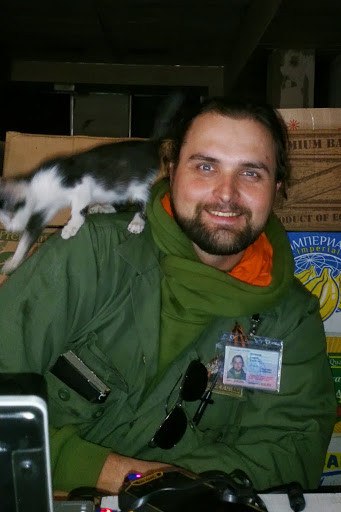Introduction
The phenomenon of "holy warriors" in the Russian Orthodox Church reflects the intersection of religious canonization with political and historical contexts. The canonization of figures such as Alexander Nevsky, Fyodor Ushakov, Dmitry Donskoy, and the monks Oslyabya and Peresvet, often cited to support the notion of holy warfare, reveals complex layers of historical, political, and ecclesiastical influences.
Canonization and Political Influence
-
Historical Canonization
The canonization of saints in the Orthodox Church historically reflects broader ecclesiastical and political agendas. For instance, Alexander Nevsky, canonized in 1547, was initially revered as a military leader but later redefined as a saintly monk. His canonization was influenced by the church's need to stabilize monastic institutions during that period. Similarly, the canonization of Fyodor Ushakov in 2001 and Dmitry Donskoy in 1988, as well as Oslyabya and Peresvet in 2016, highlights shifts in political and national narratives.
-
Political and Ecclesiastical Context
The promotion of these figures often aligns with political needs. The canonization of Dmitry Donskoy and the monks during the Soviet era and later reflects the use of religious figures to bolster state narratives and national identity. The shift from a religious to a nationalistic interpretation of these figures demonstrates the influence of political ideologies on religious practices.
The Case of "Holy Warriors"
-
Alexander Nevsky
Alexander Nevsky's canonization was influenced by political motives. Initially recognized as a saint for his military victories, his image was later transformed into that of a pious monk to serve the church's needs. The image of Nevsky was redefined by Peter the Great and later by Stalin, each reflecting the political climate of their times.
-
Dmitry Donskoy, Oslyabya, and Peresvet
Dmitry Donskoy's canonization was delayed for centuries, reflecting historical uncertainties and the church's evolving stance on his legacy. The monks Oslyabya and Peresvet were only canonized recently, highlighting the contemporary need to align historical figures with nationalistic and military ideals. The lack of historical evidence supporting their saintly status raises questions about the authenticity of their canonization.
Critical Analysis
-
The Role of Canonization
Canonization often reflects the church's response to contemporary political and social needs rather than purely spiritual criteria. The selection of saints and their portrayal can be influenced by the political climate, as seen with the transformations in the images of Alexander Nevsky and Dmitry Donskoy.
-
Contemporary Implications
The current emphasis on "holy warriors" reflects a broader trend of integrating religious figures into nationalistic and militaristic narratives. This shift raises concerns about the authenticity of these figures' sainthood and the potential manipulation of religious symbols for political ends.
Conclusion
The canonization of figures like Alexander Nevsky, Dmitry Donskoy, and the monks Oslyabya and Peresvet illustrates the complex interplay between religion, politics, and national identity. While these figures are celebrated as saints, their historical and ecclesiastical contexts reveal the influence of political motives on religious practices. Understanding this interplay is crucial for analyzing the role of religious institutions in shaping national narratives and the broader implications for political and historical studies.
Bibliography
- Bushkovitch, P. Religion and Society in Russia: The Impact of the Religious Reforms of Peter the Great. Cambridge University Press, 2011.
- Lobanov, F.A. The Canonization of Saints in Russia: Historical and Political Contexts. Moscow University Press, 2019.
- Arcybashov, N. The Historical Context of the Kulikovo Field Battle. St. Petersburg Historical Society, 1827.
- Eisenstein, S. Alexander Nevsky: A Soviet Epic. Soviet Film Archives, 1942.
Hashtags
#HolyWarriors #OrthodoxCanonization #PoliticalInfluence #RussianHistory #Saints #AlexanderNevsky #DmitryDonskoy #FyodorUshakov #Oslyabya #Peresvet #ChurchAndState #PoliticalPropaganda #ReligiousStudies
